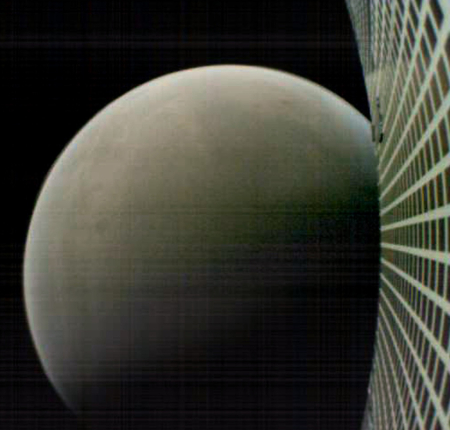Why ULA picked Blue Origin’s engine over Aerojet Rocketdyne
In an interview of ULA’s CEO Tory Bruno by Eric Berger of Ars Technica, he subtly revealed why his company in the end favored Blue Origin’s BE-4 rocket engine over Aerojet Rocketdyne’s AR-1 in the design of the Vulcan rocket.
Unlike many of the new entrants that you talk about coming in today, we’re not a startup company living off investor capital; we’re a mature business. We have to close a business case on Vulcan itself. So where our strategic partners [Editor’s note: This is a reference to Blue Origin] brought investment as well as schedule, that was a pretty important factor. It became pretty obvious what the right choice was, and we arrived at it with our stakeholders.
In other words, Blue Origin’s willingness to invest its own capital in engine development was a major factor. Aerojet Rocketdyne was using the old model of big space, whereby all development money came from the government. It had been unwilling to commit any of its own funds to engine development. This reluctance implied it wasn’t really committed to the project. If Air Force funding disappeared, they’d back out, leaving ULA in the lurch.
This tidbit from Bruno also suggests that he and the management at ULA are sincerely working to reshape ULA from an old big space company, totally reliant on the subsidies given by the government, into a modern competitive company focused instead on building an affordable product that customers will want to buy.
This story also tells us a lot about Aerojet Rocketdyne’s future, or lack thereof. The rocket industry is changing, and if that company doesn’t change also, it will soon die.
In an interview of ULA’s CEO Tory Bruno by Eric Berger of Ars Technica, he subtly revealed why his company in the end favored Blue Origin’s BE-4 rocket engine over Aerojet Rocketdyne’s AR-1 in the design of the Vulcan rocket.
Unlike many of the new entrants that you talk about coming in today, we’re not a startup company living off investor capital; we’re a mature business. We have to close a business case on Vulcan itself. So where our strategic partners [Editor’s note: This is a reference to Blue Origin] brought investment as well as schedule, that was a pretty important factor. It became pretty obvious what the right choice was, and we arrived at it with our stakeholders.
In other words, Blue Origin’s willingness to invest its own capital in engine development was a major factor. Aerojet Rocketdyne was using the old model of big space, whereby all development money came from the government. It had been unwilling to commit any of its own funds to engine development. This reluctance implied it wasn’t really committed to the project. If Air Force funding disappeared, they’d back out, leaving ULA in the lurch.
This tidbit from Bruno also suggests that he and the management at ULA are sincerely working to reshape ULA from an old big space company, totally reliant on the subsidies given by the government, into a modern competitive company focused instead on building an affordable product that customers will want to buy.
This story also tells us a lot about Aerojet Rocketdyne’s future, or lack thereof. The rocket industry is changing, and if that company doesn’t change also, it will soon die.

